Reduction of Oxides
The major world producer of iron powder manufactures powder by the reduction of iron oxide either in the form of a pure iron ore, or as pure mill-scale from a large rolling mill. In either case an irregular, spongy powder is produced, with a particle size of minus 100 mesh, that is the powder will go through a standard sieve of 100 mesh as defined in British Standards.
Atomisation
Metal powders are produced by disrupting a molten metal stream with a high-pressure water or gas jets. The relative volumes of the metal stream and the impinging fluid together with the pressure of the atomising medium, amongst other variables, are critical in determining the particle size distribution of the atomised powder.
Finer powders, of say 20 μm diameter, are produced by using higher gas or water pressures. These are more expensive, due to the lower yields, the large volumes of gas used (usually argon) and the cost of the high pressure pumping equipment. Water atomised particles are usually irregular in shape, whereas gas atomised particles tend to be spherical.
Metallic alloys can also be atomised to give particles, each of which has the mean composition of the original melt.
Recent developments in the powder production process lead to rapid particle cooling rates, which lead to the retention in solid solution, of phases or elements that would normally precipitate within the structure of the particle as it cools. These metastable levels can vary significantly from the equilibrium concentrations that occur during normal cooling. When the powders are consolidated and heat-treated, very high strength materials may be obtained.
Production From Carbonyl Derivatives
Both iron and nickel are produced in large quantities by the decomposition of the metal carbonyl. Small, uniform spherical particles typically 5 microns in diameter are produced.
Electrolytic Production
Electro-deposition conditions can be arranged so that the metal is not plated out as a solid electrode layer, but as a powdery deposit, which does not adhere to the cathode and can be removed from the electrolyte bath as a fine sludge. The most common product is pure copper powder
Mechanical Alloying
If elemental powders, produced by the methods described above, are ball-milled together under the correct conditions the overall composition of each powder particle becomes that of the average composition of the powders in the ball mill. This is due to a cycle in which particles of different compositions adhere to each other, and then break away leaving traces of one particle on the other. If continued for a sufficiently long time, the particle compositions become uniform. Again, unusual compositions can be obtained that are not possible by conventional melting technology, such as high carbon aluminium alloys, and copper and nickel alloys which contain oxides.
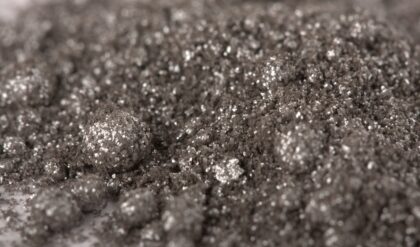
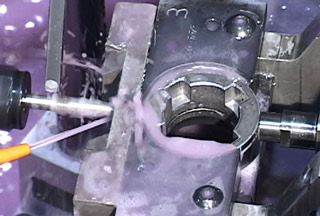
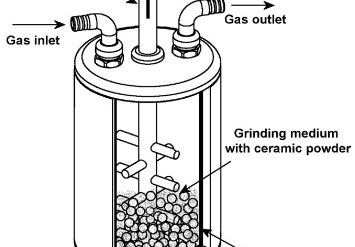
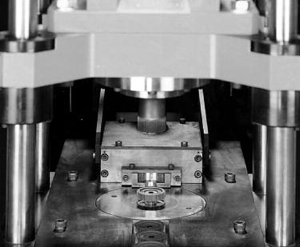
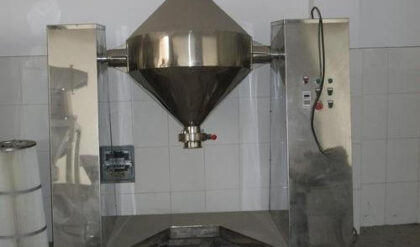
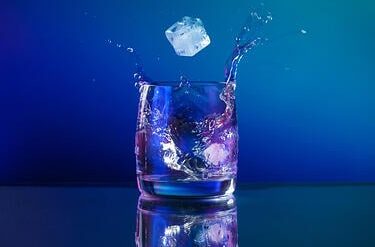
Comments are closed.